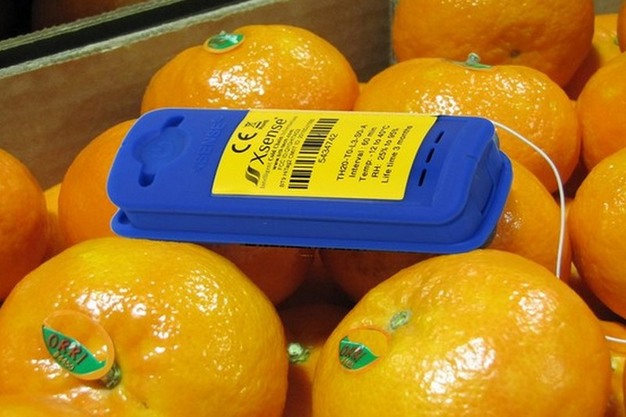The latest round of challenges for the shipping industry, caused by various factors, comes just as the world started to recover from the high prices and delays post-pandemic. While some shipping rates have started to double again, with major cost increases inevitable, sailings are now taking place around the Cape of Good Hope to avoid the Red Sea. Ships are also paying multi-million dollars to get ahead in the line for the Panama Canal, lay on anchor and wait for days on end, or choose longer routes to deliver their time-bound cargo.

The rerouting of ships following attacks in the Red Sea, together with slower running of vessels, delays in the Panama Canal, and lower levels of rainfall in Panama attributed to global warming, which is threatening the capacity of the Panama Canal, is extending shipping times.
It is important that data loggers are still operating when they get to the destination, especially if it is not possible to obtain data from the loggers while en route. Rob Williams, Xsense CEO, says, “Fortunately, Xsense offers competitive or market-leading operating lifetimes for their data loggers (in one case using a patent pending solution to achieve such) to ensure that one can get access to their data. And for those cases where shipments are extremely delayed, or the logger gets into a situation that drains unusually quickly, which can happen, for instance, when a cellular logger is located such that the device needs to exert extra energy when trying to reach a cell tower, we have a new optional feature on our new real-time logger whereby one can connect a USB power charger to the device to provide power to a device with an otherwise dead battery.”
Xsense RF data loggers are widely used with an extensive network of gateways around the world to read the loggers and segment journey states. Williams states, “We have worked with our partners and customers to place gateways at each waypoint along the cold chain. They receive live data feeds at each point, and they know accurately when and where the goods have arrived and departed, much more accurately than with a typical real-time logger. Because we can see what happened during each segment, we can issue alerts specific to a segment so that if anything is wrong, the correct party is notified. Of course, Xsense real-time loggers can provide live data at locations other than around gateways while within the range of cell towers. So, both solutions have their niche.”
Xsense, headquartered in Israel, is a provider of intelligent cold chain monitoring solutions for all parts of the cold chain. They have tailored solutions for at origin (field, factory, pack house), in transit (air, sea, truck, or rail), at destination (supermarket, retailers), and at points in between (ports, terminals, DCs). They are one of the early pioneers in the application of wireless data loggers to the cold food chain.
Visit the Xsense team in Berlin, Hall 1.2, stand D01.
For more information:
Rob Williams
Xsense
Email: robert@xsense.co
www.xsense.co
